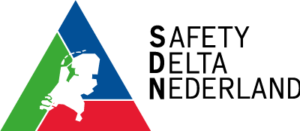From static to dynamic risk management
Research question
- To what extent is dynamic risk management an opportunity or necessity, given the increasing complexity, digitization and automation of the (petro)chemical industry?
- What could be a roadmap to practically and efficiently organize and apply dynamic risk management in the (petro)chemical industry?

Code: RCA 2022-43
Status: completed
Update: June 2023
Background
In recent decades, there has been increasing public interest in risk-based approaches, which have become an essential and systematic tool in the safety management of chemical plants. Major incidents in the process industry have shown the importance and need for adequate assessment of hazardous activities in the chemical industry, such as Bhopal (1984), Piper Alpha (1998), Buncefield (2005) and Deepwater Horizon (2010).
Quantitative risk assessment (QRA) is a robust method for evaluating process safety risks and identifying weak areas requiring risk reduction measures to meet applicable safety regulations in the chemical industry (CCPS, 2000).
The SEVESO III Directive requires the risk analysis to be considered as an iterative procedure and updated at most every five years or in case of significant changes in the installation (EU SEVESO III, 2012). This requirement already includes the "dynamic" concept. However, conventional risk analysis methods (such as the QRA) are static and cannot capture the dynamics of process deviations, changes in the chemical process and plant, and unsafe interactions (Villa et al., 2016). This necessitates the transition from static risk assessment to more dynamic risk assessment.
Since the first dynamic risk assessment method (developed by Meel and Seider (2008)), many scientific studies have investigated the theoretical methods for dynamic risk assessment (e.g., Kalantarnia et al., 2010; Khakzad et al., 2013; Yang et al., 2015). However, little work has been devoted to studying the feasibility of implementing dynamic risk assessment in the chemical process industry.
Purpose
The goal is to contribute through this research to the transition of the Dutch chemical industry from static to dynamic risk management. This will probably involve the components hardware, software, personnel, management or organization. The project aims to find an answer to the set research questions and to find a focal point for a future project.
Outcome exploration
- "Shift from prescriptive to performance-based safety management has led to more risk-based decision-making. This approach has improved safety, however frequency of major accidents is unchanged à insufficiency of current Safety Management System-approaches."
- "DRM can address uncertainties associated with modern socio-technical systems: a roadmap based on available methodologies, cloud-based technologies, and industrial requirements."
Project Management
Delft University of Technology - Faculty of Technology, Policy and Management

